
Contact
Prof. Dr. Rainer Waser (emeritiert)
RWTH Aachen University
Institut für Werkstoffe der Elektrotechnik 2
Sommerfeldstraße 18/24, 52074 Aachen, Germany
Email: waser@iwe.rwth-aachen.de
Telephone: +49 241 80-27812
Research Field and Activities
Rainer Waser received his PhD in physical chemistry at the University of Darmstadt in 1984, and worked at the Philips Research Laboratory, Aachen, until he was appointed Professor at the faculty for Electrical Engineering and Information Technology of the RWTH Aachen University in 1992 and director of the Institute for Electronic Materials at the Forschungszentrum Jülich, in 1997. He is member of the Emerging Research Devices working group of the ITRS, and he has been collaborating with major semiconductor industries in Europe, the US, and the Far East. Since 2002, he has been the coordinator and spokesman of the research program on Nanoelectronic Systems in Information Technology within the Germany national research centres in the Helmholtz Association. In 2007, he has been co-founder of the Jülich-Aachen Research Alliance, section Fundamentals of Future Information Technology (JARA-FIT). Together with Professor Wuttig, he heads a collaborative research center on resistively switching chalcogenides for future electronics (SFB 917) which comprises of 14 institutes within JARA-FIT and has been funded by the German national science foundation (DFG) since 2011. In 2014, Rainer Waser received the Leibniz Prize of the DFG for his work on the phenomenon of redox-based resistive switching.
Most relevant book:
“Nanoelectronics and Information Technology – Advanced Electronic Materials and Novel Devices”
Rainer Wasser (editor and author of the block instructions) 3rd, Completely Revised and Enlarged Edition, Wiley-VCH 1048 pages, full color
